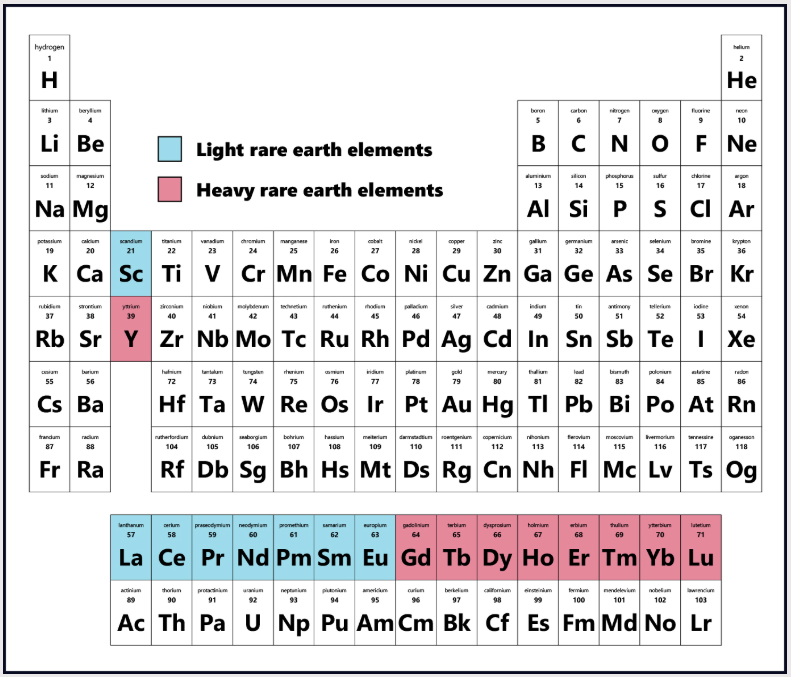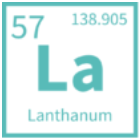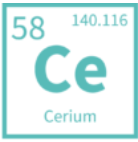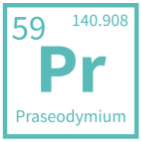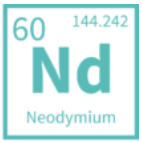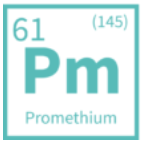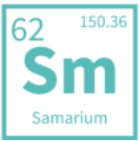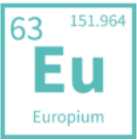Light Rare Earths
What is the distinction between Light and Heavy Rare Earths?
Whilst "light" and "heavy" are useful terms their meanings do not relate specifically to the atomic mass, which is the number of Protons plus Neutrons in a nucleus.
The distinction between light and heavy rare earth elements (LREEs and HREEs) is based on their atomic numbers rather than their atomic masses because the periodic table of elements is organized by atomic number, which represents the number of protons in an atom's nucleus. The properties of elements, including their chemical behaviour, are primarily determined by their atomic number, which dictates their position in the periodic table and the arrangement of their electrons.
While atomic mass can also provide some insights into an element's properties, it can be influenced by the presence of isotopes (atoms of the same element with different numbers of neutrons). The atomic number is a more fundamental characteristic that directly correlates with the element's position in the periodic table and its behaviour.
In the case of rare earth elements, the atomic number helps to group them into LREEs and HREEs based on their position in the lanthanide series. This distinction helps scientists and engineers understand their unique properties and how they can be utilised in various applications.
Light rare earth elements (LREEs) are pivotal in various applications, thanks to their unique properties. Here are some of the key uses:
- Permanent Magnets: Neodymium (Nd) and praseodymium (Pr) are used in the production of neodymium-iron-boron (NdFeB) magnets, which are essential in:
- Wind turbines
- Electric vehicle motors
- Hard disk drives
- Audio equipment (headphones and speakers)
- Catalysts: LREEs such as lanthanum (La) and cerium (Ce) are widely used in catalytic converters in automobiles to reduce exhaust emissions. They also play a role in:
- Petroleum refining
- Chemical manufacturing processes
- Glass and Ceramics: LREEs are used to improve the quality and durability of glass and ceramics, including:
- Optical lenses and prisms
- Polishing agents for glass
- Ceramic capacitors
- Lighting and Display Technologies: Europium (Eu) and cerium (Ce) are used in phosphors for:
- Fluorescent lamps
- LED lighting
- Display screens (televisions, smartphones, and computer monitors)
- Alloys: LREEs are added to various metal alloys to enhance their strength and heat resistance, which is critical for:
- Aerospace components
- High-performance machinery
- Battery Technologies: Lanthanum (La) is used in nickel-metal hydride (NiMH) batteries, commonly found in:
- Hybrid vehicles
- Portable electronic devices
- Medical Applications: Some LREEs are used in medical imaging and diagnostic equipment, such as:
- X-ray machines
- MRI scanners
